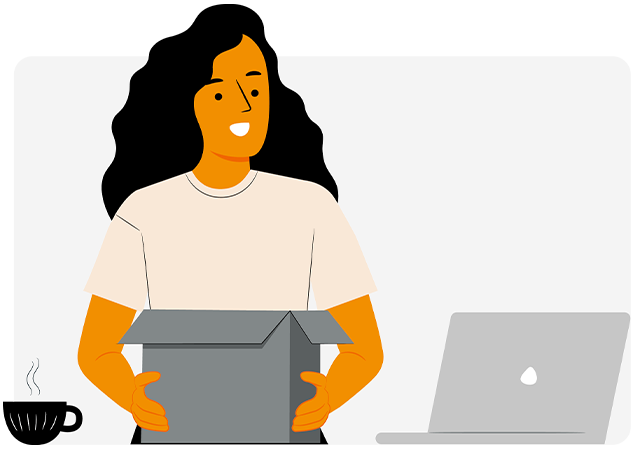Product research: A quick guide

We live in a day and age where products come and go - we swit\ch through gadgets, items, clothes and many more so quickly that we don't realise. There are endless amounts and varieties of products in the market, but which ones are the ones people prefer and buy?
To determine the answer to this question you need to conduct product research, which will lead you to the product that people love and repeatedly purchase. But how do you do that, you ask?
What is product research?
You carry out product research during product development in order to validate whether your product is good enough for the market and whether it will succeed. The insights also help you develop an even better product. Before launching a product you need to ensure that your product is a good idea and if there will be demand for it.
To understand people's perception of your product and likelihood to purchase, you conduct product testing and research.
Questions you should ask yourself are: • is my product going to survive in the market, will it be a success? • does it need further improvements in order to stand out and people to purchase? • do my competitors have a better product than me?
You can find answers to these questions through market and product research.
Why is product research important?
It is important to understand your customer's opinion on your product before launching in order to launch the best version of your product possible.
You can uncover many insights during market research, both about your product, your brand, user research, your target audience and even how your customers interact with you and your services.
It is also crucial to minimise costs and stay within budget in regards to spending and investing on your product. If you launch it faulty or launch a product that is not generally accepted by your ideal customer, you will not only have to spend money on improvements but also on relaunching your product, which will double your expenses and create extra costs.
You also need to be ahead of your competitors. With a valuable product in your books, you are a strong competitor in the market. Constant research on your products, keeping up with trends and the overall awareness of your product.
What methods do you use to conduct a successful product research?
There are several ways in which you can evaluate and test your product in the market, in the form of a survey. A survey could include: • Questionnaires • Focus groups • Interviews • Observation It is relatively easy to come up with a product that you'd like to promote and sell, but how will you ensure that it will survive in the market long-term?
Conduct a survey for product testing and insights
Quantitative and qualitative research can generate a lot of data that is also diverse. They can also take place online or offline.
A survey can include many methods of acquiring data such as questionnaires and interviews, or a combination of both. Which is why it is important that you structure your research methodology according to your research objectives.
Product research should not only include gathering data from product testers trying your product for a certain amount of time. It should include deep and thorough investigation into customer insights which you can acquire from questionnaires, focus groups, interviews and observations, or a combination of them all.
Questionnaire
For insightful answers to a questionnaire, the researcher should ensure that the questions are not ambiguous or vague and give the participant clear options for clearer answers.
A questionnaire may seem an easy task but it needs effort and alignment with your research objectives. The questions you ask should lead the participant in giving an answer relevant and useful to the research you're conducting.
This method of research is convenient because the questionnaire can be shared with your participants through an online link, making participation and gathering data easier than ever.
Interview questions should be specific and focused, yet open-ended so that more questions for clarification can be asked.
Focus groups
This type of research is considered qualitative as the data you gather are not in numbers but in observation and writing. Researchers get an insight into people's perspective in a focus group setting through dialogue. The group leader and researcher leads the group through conversation to data accumulation.
Focus groups are a method of getting a truthful insight into a participant's opinion on your product after testing it themselves. Dialogue can unravel hidden biases and prejudices as well as truths and awareness to aspects of your product that you never thought of.
Interviews
Interviews work in a similar way to focus groups. The difference is that a focus group is a dialogue between many participants while an interview is streamlined to one person and it is not a conversation but rather a question and answer type of conversation.
Interview questions should be specific and focused, yet open-ended so that more questions for clarification can be asked.
Observations
Observations are not the most common type of qualitative research but it is a useful method of gathering data. For example, you can observe how product testers interact with your product, what their first impression is and how they would use it without instructions. This type of data is valuable as it is not possible to collect through, for example, a questionnaire.
This type of research can facilitate a different way of thinking in regards to your product.
How we help you with your product research and testing
Whether you're a participant looking to earn rewards and vouchers when giving valuable answers to surveys or a business looking for these useful insights, you've come to the right place.
We provide a professional platform for paid product testing and market research through surveys, to get a better awareness of your product and service in the market.



